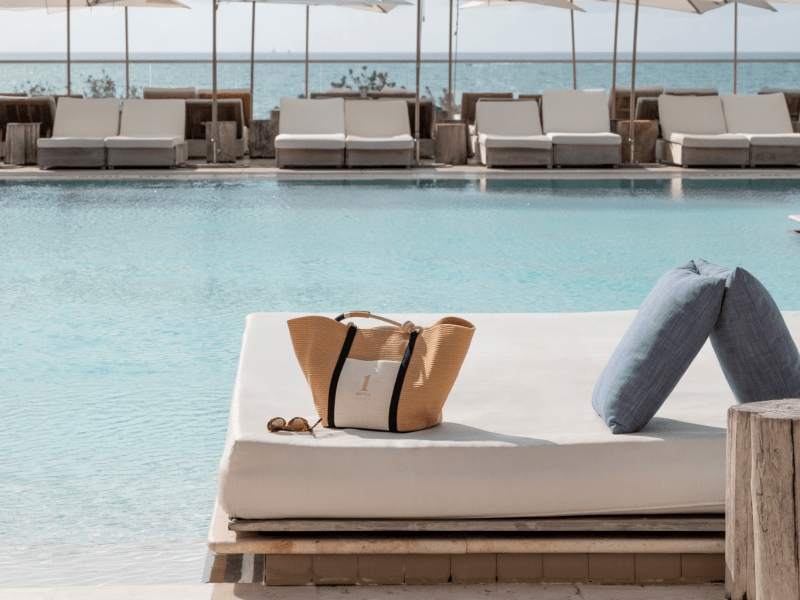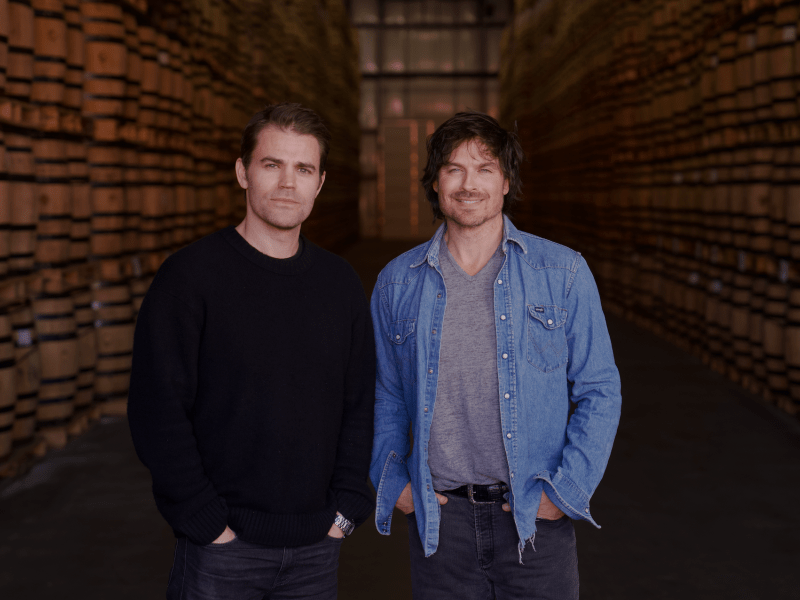Creative Visionaries: Celebrating AAPI Heritage Through Art and Flavor
Discover artists and makers across our sanctuaries who infuse their Asian American and Pacific Islander heritage into every bloom, blend, and brushstroke.
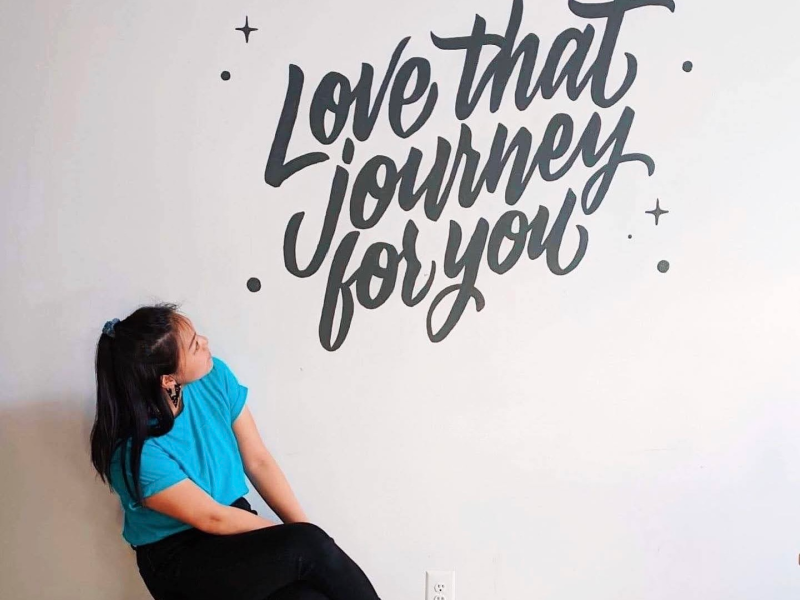
At 1 Hotels, we believe that creativity flourishes when it’s grounded in both nature and community. This AAPI Heritage Month, we’re proud to honor the voices of artists whose rich cultural backgrounds inform and inspire their work in meaningful ways. Through their distinct crafts, they remind us that heritage isn’t just something we celebrate—it’s something we live, breathe, and share.
Clarice Cho, a Brooklyn-based lettering artist and designer, brings joyful energy and intentional design to the chalkboards at 1 Hotel Central Park and 1 Hotel Brooklyn Bridge. In San Francisco, chocolatier Michiko Marron-Kibbey—founder of Deux Cranes—melds Japanese heritage with French technique to craft confections that are as expressive as they are exquisite. This month, guests savored her artistry at a special pop-up at 1 Hotel San Francisco. From hand-lettered messages to handcrafted sweets, Clarice and Michiko invite us to experience heritage through art, flavor, and feeling.
Pull up a seat with us as we talk with Clarice and Michiko about how they turn personal history into immersive, sensory experiences.
CLARICE CHO, LETTERING ARTIST & DESIGNER | PARTNER AT 1 HOTEL BROOKLYN BRIDGE & CENTRAL PARK
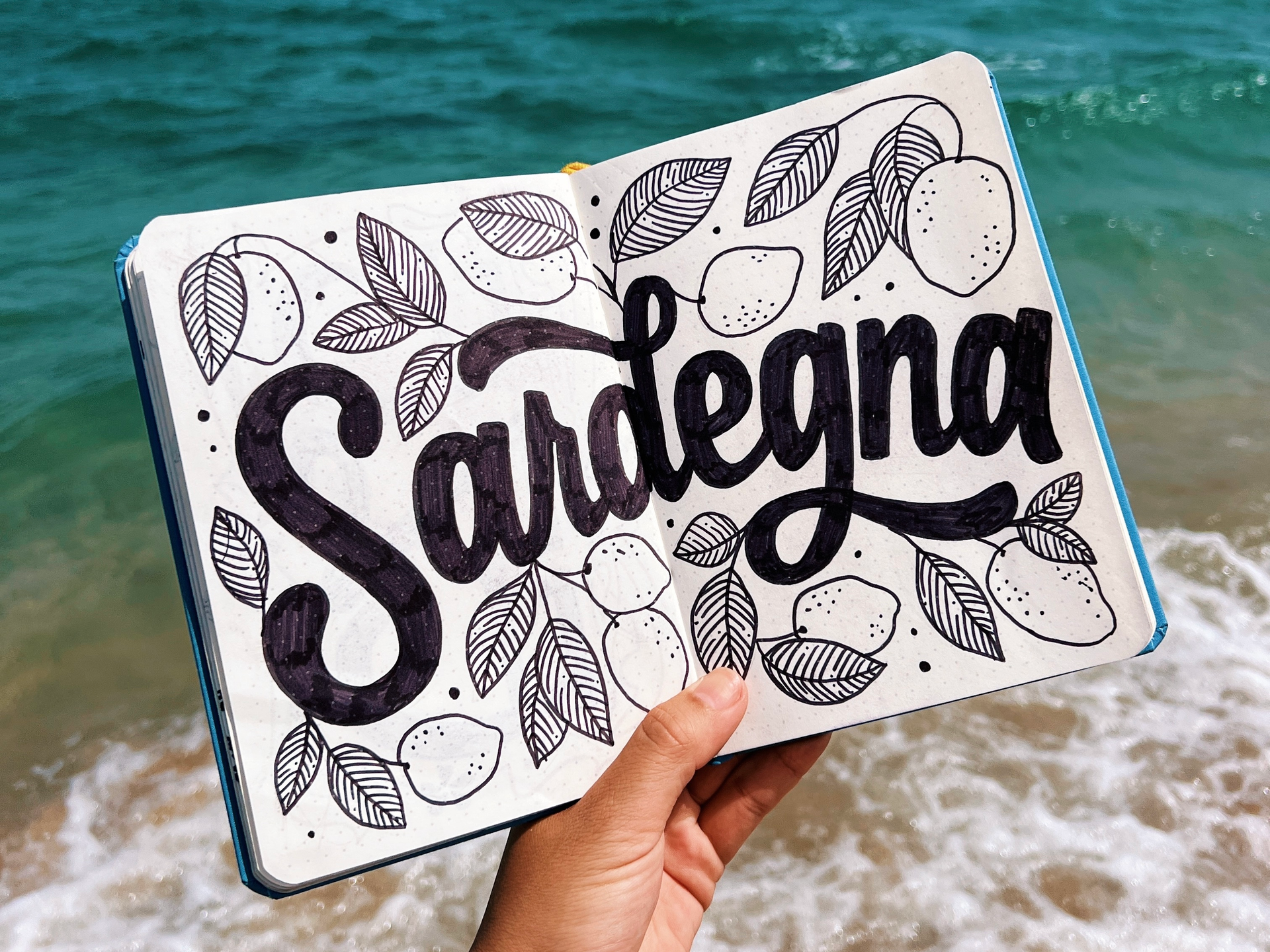
Your work is so full of energy, color, and humor. How has your upbringing and cultural background shaped your artistic voice and perspective?
“Energy, color, and humor” are frankly great adjectives to describe me as a human, in addition to my work. I’ve always described myself as a “fangirl” because I am deeply enthusiastic and excited about the things I love. And you can see that in my work: I love food, traveling, hosting dinner parties, and being chronically online. My work shouts that out in the loudest way possible through the use of bright colors, maximalist decorative elements, and bold type.
Lettering feels so personal, almost like a handwritten conversation with the world. What first drew you to the art form, and how has it evolved for you over time?
As long as I can remember, I had an obsession with handwriting and beautiful type. I could say it started from passing notes in class (yes kids, in the *cue ominous music* pre-phone era). My friends and I regularly passed “personality notes,” where we’d write each other's names in a bubble text and fill the page with doodles and little blurbs like “love your shoes today!” It was a way to have a conversation during class, but bring it to an even more creative and expressive level. I still have these keepsakes at my parents' house because they serve as a great reminder of where it all started.
Even though I’m no longer passing notes, I still think of lettering through the same lens—it’s a creative, fun, extremely visual way to say something. You’re conveying a message and hoping that people on the other end receive it with impact—which I think has only become more crucial over time.
At 1 Hotels, we believe that creativity thrives in connection with nature and community. What environments or rituals help you feel most inspired or grounded when you're creating?
I’m from the Bay Area, California, so my love for nature has deep roots (pun totally intended). I often joke that I’m like a plant and need to photosynthesize, so I spend almost all my weekends in the warm seasons hiking, camping, surfing, swimming, or just sitting in a New York City park with a good book. I also travel a lot, which has a huge impact on my work. I keep a travel journal that essentially acts as an illustrated passport for all the places I’ve been. I always feel inspired by nature and scenery, and I incorporate that into the illustrations. For instance, I went scuba diving in the Philippines, so I doodled the kind of coral I saw in that illustration; I went to Jeju Island and incorporated the oranges they’re well-known for into that illustration; and in Vancouver, I drew the plants and wildlife I saw while on a hike.
Without observing nature, it would be near impossible to create great art. And depicting nature in my work is my way of showing gratitude to our planet and the wonders of it. Only so much inspiration can come from Pinterest or TikTok—the real stuff is what you can feel, see, and observe with your own eyes.
AAPI Heritage Month is about honoring both personal stories and shared histories. How does your identity influence the way you approach creativity, community, or storytelling through design?
When I was in grade school, I took Chinese calligraphy and Chinese brush painting classes on the weekend. That was my intro into the art of calligraphy—something that my dad and his dad were both really passionate about. So not only did I learn about this beautiful ancient art form from an early age, but it was also a way to connect over our shared heritage across generations.
I also think that growing up as a minority in a predominantly white neighborhood had me questioning my identity and where I fit in. Creative outlets were a great way to make sense of it all, like a kind of therapy. With calligraphy, the work is not just beautiful but literally conveys a message, so I use it as a vessel to tell the world who I am and what I stand for.
For aspiring AAPI artists and makers, what advice would you give about embracing their full, authentic selves in industries that sometimes push for conformity?
It may sound cliche, but it’s also true: your identity is your superpower and it is what makes you a unicorn. All work is derivative in some way, and I don’t mean that with offense—all of us artists are inspired by each other and that’s what is so magical about being part of the creative community. And at the same time, you don’t want your work to look exactly like someone else’s, because that already exists. And that’s where bringing in the things that make you YOU can set you apart from the pack.
The last thing I’ll say is, in industries that push for conformity, push back. They’re looking at your work and talent for a reason, so stay true to that.
MICHIKO MARRON-KIBBEY, FOUNDER OF DEUX CRANES | 1 HOTEL SAN FRANCISCO
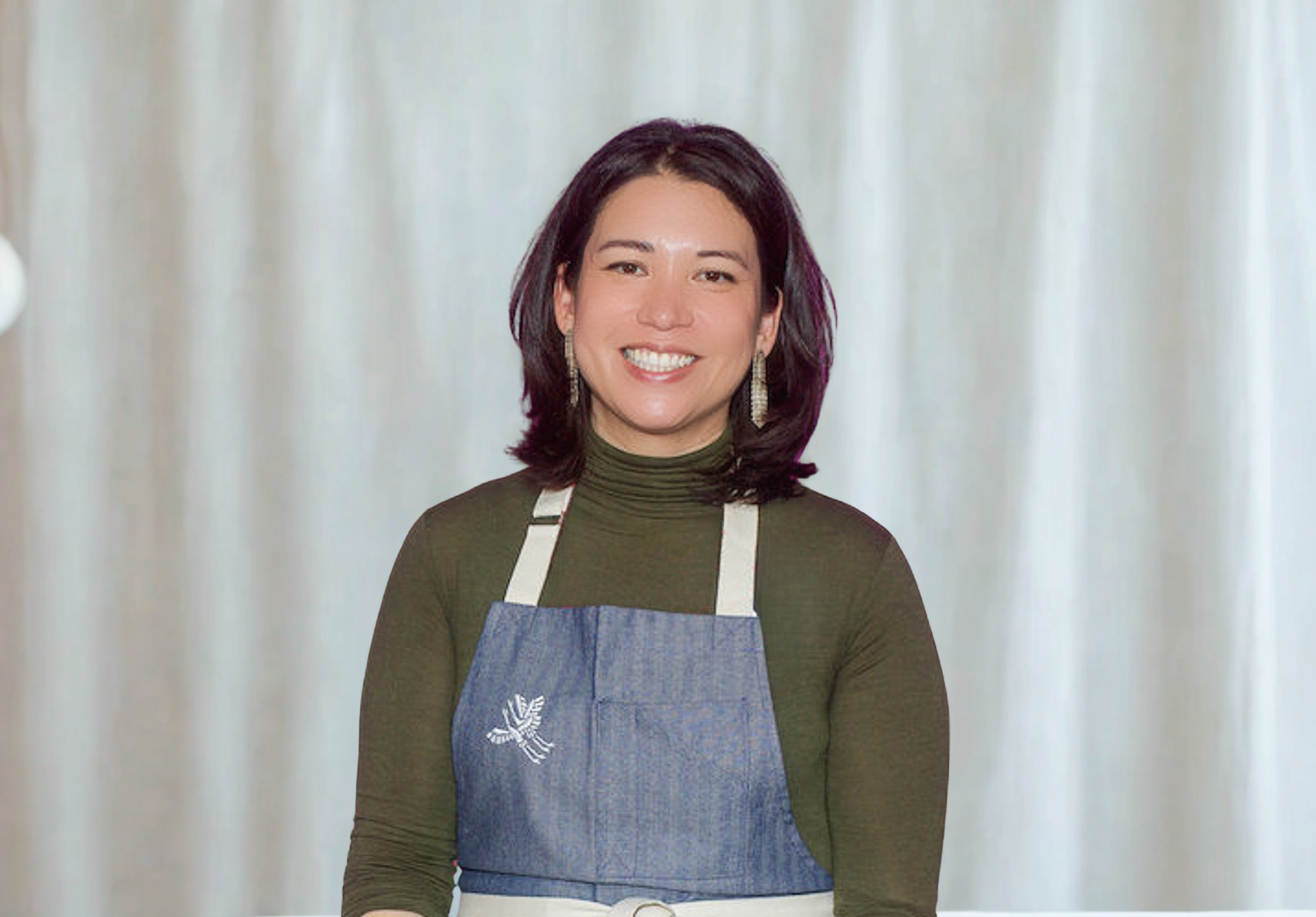
Your creations at Deux Cranes are as visually stunning as they are deeply flavorful. What inspired you to merge Japanese and French traditions through chocolate, and how has your heritage played a role in that vision?
A throughline in both Japanese and French culinary traditions is the deep appreciation for food that looks as beautiful as it tastes. It’s something I grew up with in Japan—whether in the lovingly arranged bento boxes mothers made each morning or in the visual poetry of a kaiseki meal, where every element is thoughtfully considered. When I moved to France, I was delighted to find that same reverence for both flavor and aesthetics. When I started Deux Cranes, it felt natural—and essential—to carry that philosophy into everything we create. Visual beauty and depth of flavor go hand in hand in our product development.
Storytelling is such a strong thread in your work, from flavor combinations to packaging design. How do you see chocolate as a vessel for cultural memory, identity, or even healing?
Chocolate is the perfect vessel for both flavor and design—deceptively simple, yet incredibly complex. It already carries its own story, from the soil it grew into the hands that harvested and fermented the beans. First, you have to honor that history. Then comes the challenge: layering your own narrative on top through flavor. Japanese ingredients tend to be subtle and nuanced, so when working with a bold cocoa profile, it’s all about finding balance and harmony.
Unlike a plated dessert, you often have just one bite to convey your vision. Every layer has to count. Visually, we lean into color and texture, while our packaging stays minimal yet meaningful—allowing the chocolate to speak. I love that chocolate offers this streamlined, expressive canvas. It’s a medium that invites storytelling, reflection—and I think that’s why it resonates with chocolatiers and chefs around the world.
As a Japanese-American woman navigating the world of fine chocolate, what challenges have shaped your entrepreneurial journey and what moments of pride have kept you going?
The world of fine chocolate—and food more broadly—has long been Western European-centric and overwhelmingly male. Navigating that as a Japanese-American woman has come with its challenges, but I’ve also found strength and inspiration in the growing number of small makers of AAPI descent. The more diverse this industry becomes, the better and more vibrant it gets.
I often look around at my peers and feel genuinely inspired by their creativity. That spirit of innovation pushes me to keep evolving—to create chocolates that are not only delicious, but deeply personal and reflective of who I am. Every time someone tastes our confections and tells me it resonates with them, that’s the moment that keeps me going. It’s incredibly vulnerable to say: “This is from my memories, from my imagination. I hope it speaks to you.” When it does, it’s the most validating feeling—like being fully seen through your work.
AAPI Heritage Month invites reflection and celebration. What does this month mean to you personally, and how do you hope your work contributes to the broader narrative of AAPI creativity and excellence?
I’m incredibly proud to be Japanese American—especially because of the resilience our community represents. AAPI Heritage Month is a chance to both honor where we come from and celebrate all that we’ve built here, in the place we now call home. I think about my grandmother often during this month. She was a second-generation Japanese American, born and raised in California, and didn’t visit Japan until she was an adult. Still, she carried her family’s traditions with her. Her mother had immigrated from Japan and used ingredients grown on their California farm to recreate the flavors of home. That act—using what was available to preserve memory and culture—was powerful. She passed those skills down to my grandmother, who did the same: watching a cooking show, reading a recipe, and then improvising with what she had in her garden or pantry to make something delicious and meaningful. That kind of creative adaptation is what I find so inspiring. I hope Deux Cranes continues in that spirit—honoring tradition while creating something new. If our chocolates can contribute even a small part to the evolving story of AAPI creativity and excellence, I’m deeply honored.










